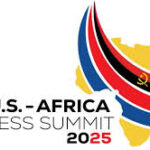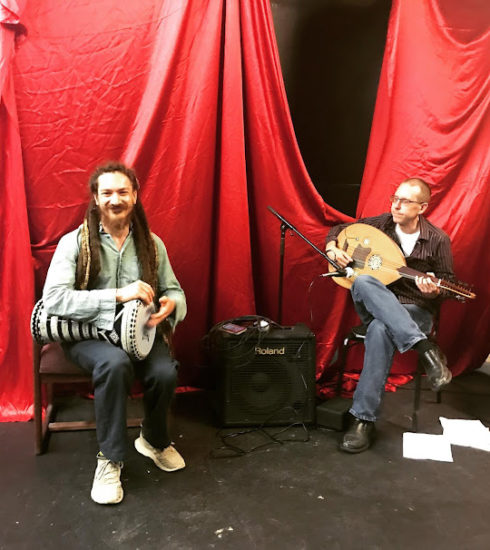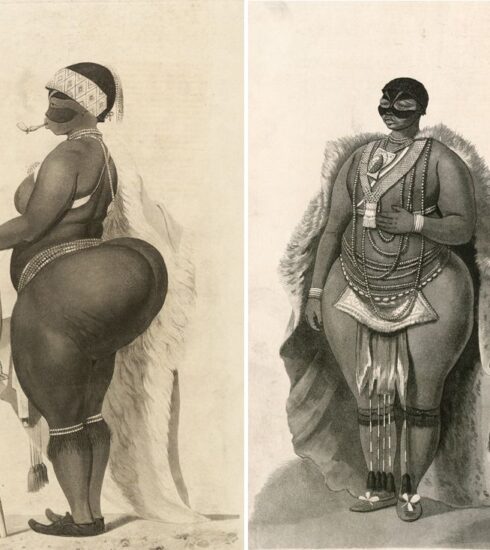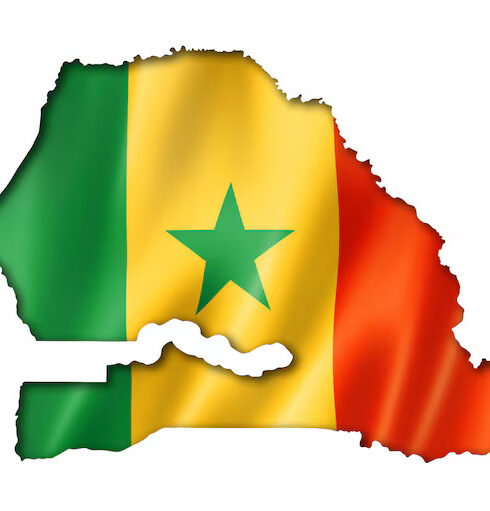A Brief Spotlight on Tunisia
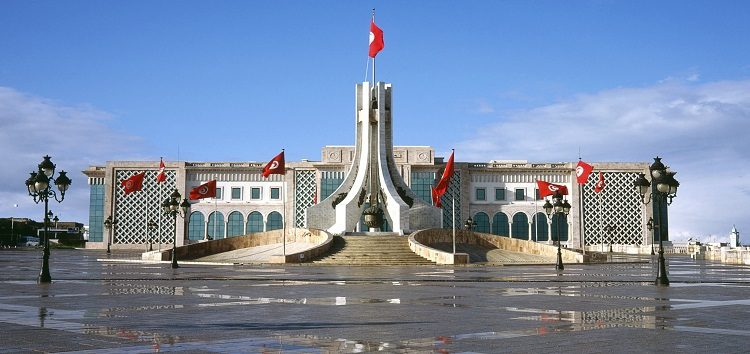
Tunisia’s Presidential Palace. Credit:AfriInfo
Tunisia, officially the Republic of Tunisia is a North African country on the Mediterranean coast with a population of around 12 million, known for its diverse landscapes, including mountains, desert, and fertile plains, and its rich history and culture. It’s the northernmost country in Africa and shares borders with Algeria to the west and Libya to the southeast. Tunisia’s capital and largest city is Tunis, and the official language is Arabic, with French also widely spoken. It has a rich history, including being the birthplace of the Arab Spring uprisings.
Tunisia achieved independence from France on 20 March 1956 with Habib Bourguiba as Prime Minister and the 20th of March is celebrated annually as Tunisian Independence Day.
Tunisia’s culture is highly diverse, in part because of long periods of Ottoman and then French rule but also because populations of Jews and Christians have lived among a Muslim majority for centuries. Similarly, the capital, Tunis, blends ancient Arab souks and mosques and modern-style office buildings into one of the most handsome and lively cities in the region. Other cities include Sfax (Ṣafāqis), Sousse (Sūsah), and Gabès (Qābis) on the fertile coast and Kairouan (Al-Qayrawān) and El-Kef (Al-Kāf) in the arid interior.
Tunisians are renowned for their conviviality and easygoing approach to daily life, qualities that popular French-Tunisian writer Albert Memmi captured in his 1955 autobiographical novel Pillar of Salt: We shared the ground floor of a shapeless old building, a sort of two-room apartment. The kitchen, half of it roofed over and the rest an open courtyard, was a long vertical passage toward the light. But before reaching this square of pure blue sky, it received, from a multitude of windows, all the smoke, the smells, and the gossip of our neighbours. At night, each locked himself in his room, but in the morning, life was always communal.
Despite facing some economic and political challenges in recent years, Tunisia continues to attract foreign direct investment (FDI) and is known for its skilled workforce, favorable business climate and access to key markets. Its easy access to key markets in Europe, Africa and the Middle East, makes Tunisia an ideal hub for companies looking to expand their operations in these regions.
Tunisia has the ambition of becoming a technological hub in the region by 2030, attracting talent, driving inclusive growth and promoting a better quality of life for all citizens.
Tunisia’s status as the only democratic state in the Arab World is certainly one to be proud of. However, the country has experienced turbulent political upheavals in the five years since the state-wide protests, known as the Tunisian Revolution, led to the Arab Spring in 2010-2011.
The protests, which began in December 2010, were spurred by concerns about corruption, lack of freedom of speech and political freedoms, unemployment and inflation.
As a result of the protests, the country’s President Zine El Abidine and his single party system were removed from power and office on 14 January 2011. After his removal, an interim government was established which was eventually replaced by a new constitutional republic in 2013. As a great number of women took part in the protests, it is widely held that women played an instrumental role in the ousting of President Zine El Abidine and catalyzed the broader Arab Spring movement across the region.
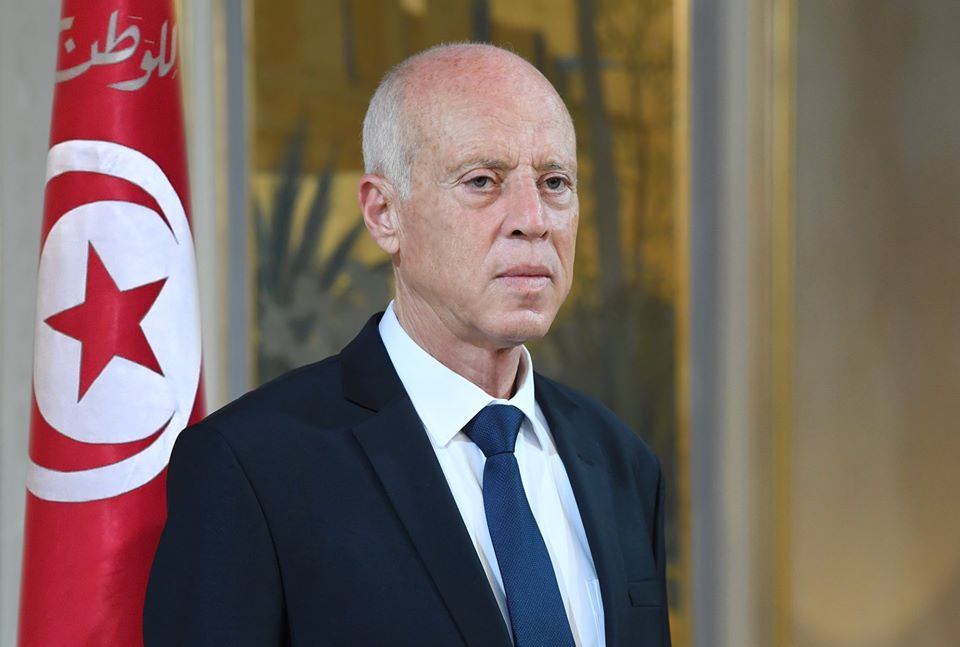
Tunisian President, Kais Saied. Credit: AfricaNews
The number of legalized political parties in Tunisia has grown considerably since the revolution. There are now over 100 legal parties, including several that existed under the former regime. During the rule of Ben Ali, only three functioned as independent opposition parties: the PDP, FDTL, and Tajdid. While some older parties are well-established and can draw on previous party structures, many of the 100-plus parties extant as of February 2012 are small.
Rare for the Arab world, women held more than 20% of seats in the country’s pre-revolution bicameral parliament. In the 2011 constituent assembly, women held between 24% and 31% of all seats.
Ranked the most competitive economy in Africa by the World Economic Forum in 2009, Tunisia is an export-oriented country in the process of liberalizing and privatizing an economy that, while averaging 5% GDP growth since the early 1990s, has suffered from corruption benefiting politically connected elites. Tunisia’s Penal Code criminalises several forms of corruption, including active and passive bribery, abuse of office, extortion and conflicts of interest, but the anti-corruption framework is not effectively enforced. However, according to the Corruption Perceptions Index published annually by Transparency International, Tunisia was ranked the least corrupt North African country in 2016, with a score of 41. Tunisia has a diverse economy, ranging from agriculture, mining, manufacturing, and petroleum products, to tourism, which accounted for 7% of the total GDP and 370,000 jobs in 2009. In 2008 it had an economy of US$41 billion in nominal terms, and $82 billion in PPP.
Among Tunisia’s tourist attractions are its cosmopolitan capital city of Tunis, the ancient ruins of Carthage, the Muslim and Jewish quarters of Djerba, coastal resorts outside of Monastir, and the night life-driven city of Hammamet. According to The New York Times, Tunisia is “known for its golden beaches, sunny weather and affordable luxuries”.
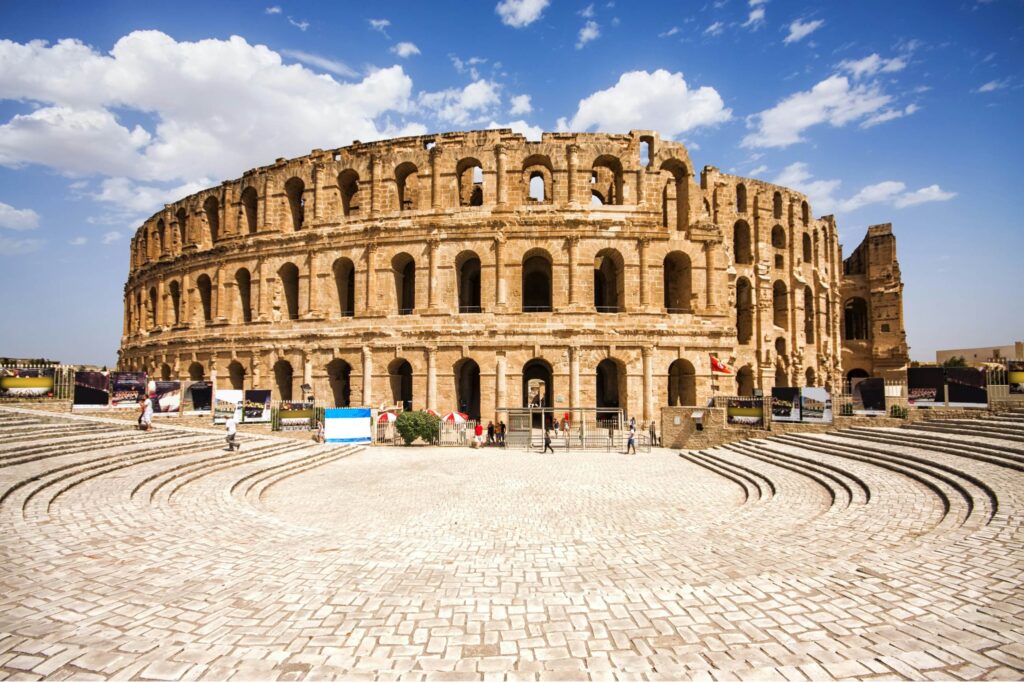
The El Jem Amphitheatre in Tunisia is a Unesco World Heritage–listed coliseum and was the second-largest in the Roman world after the coliseum in Rome. Credit: Lonelyplanet.com
Hundreds of international festivals, national, regional or local punctuate the calendar year. Music and theatrical festivals dominate the national cultural scene.
Several festivals take place annually in summer: the International Festival of Carthage in July, the International Festival of Arts of Mahr from late July to early August, and the International Festival of Hammamet in July and August.
The Carthage Film Festival is held in October and November of every other year, alternating with the Carthage Theatre Festival. It was created in 1966 by the Tunisian Minister of Culture to showcase films from the Maghreb, Africa and the Middle East. In order to be eligible for the competition, a film must have a director of African or Middle Eastern nationality, and have been produced at least two years before entry. The grand prize is the Tanit d’or, or “Golden Tanit”, named for the lunar goddess of ancient Carthage; the award is in the shape of her symbol, a trapezium surmounted by a horizontal line and a circle.
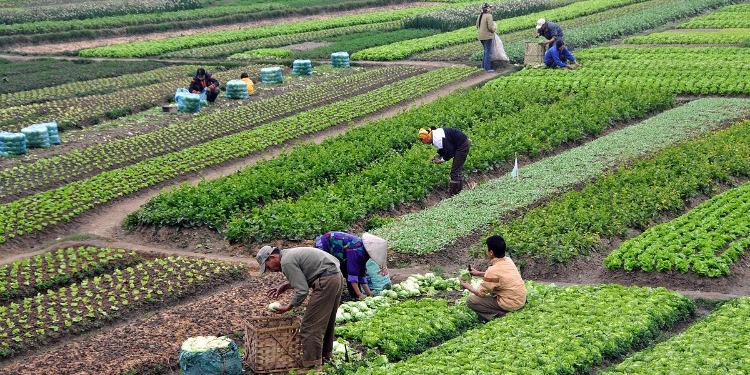
A vegetable farm on the outskirts of Tunis. Credit: TunisNow
The International Festival of the Sahara, celebrated annually at the end of December, honors the cultural traditions associated with the Tunisian desert. This attracts many tourists and musicians from all around the world, as well as horsemen who flaunt their saddles and local fabrics and skills.
There are also a number of musical festivals; some honor traditional Tunisian music, while others, including the Tabarka Jazz Festival, focus on other genres.
Tunisia’s warmth, joined with the country’s renowned hospitality and cuisine, has contributed greatly to Tunisia’s growing popularity as a destination for tourists from throughout Europe and the Americas.
